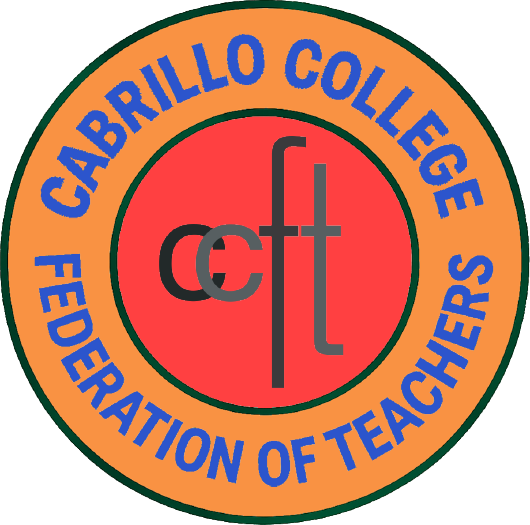As the school year gets underway, I thought it would be important to summarize where the college stands with enrollments—recent, current, and projected—and look ahead to budget challenges posed when enrollments decrease.
In addition, as a union, we have had (spirited) conversations about enrollment projections and what might be done to support enrollment. At this point, let’s step back and look at the range and dimensions of those discussions as they stand today, and think about how we as a faculty might influence policy in informed, focused, and effective ways. An overview might provide a new departure point for discussion, argument, and action, if not universal agreement.
The first opportunity for such discussion will come next Tuesday, September 23, at a special session of the faculty senate to be held in the forum, 450. All faculty are invited. If you’re interested in joining the discussion, please come.
That meeting will include presentation of enrollment data, attendees’ discussion of enrollment practices and suggestions, and a roundtable discussion by PC’s, Deans, and a few others.
Enrollment projections and budget
As you probably know, the administration does not think the college can sustain enrollment at recent levels. Of course, a community college is funded according to the number of full-time equivalent students (FTES) the college serves. Currently, Cabrillo’s cap happens to be 10,887 FTES. Last year (2013-14), the college did not meet that cap. However, the system includes a built-in safety mechanism, called “budget-stability” status. A school can fall below its cap for one year and still receive funding as though it had met cap. That’s what happened at Cabrillo last year: we didn’t meet our cap, but by declaring budget-stability status, we received state apportionment for last year as though we had met cap.
Following a year of budget stability, a college has one year to get back up to its cap, or the state will reduce the college’s funding, based on a new, lower cap. This year, the administration is trying to meet cap for one more year by using a (certainly legitimate) technical maneuver: the college is applying all of summer 2014 FTES to the 2014-15 school year. In this way, the administration is trying to gain a year of full funding to allow for planning for the future. If we reach our cap this year, we will receive full funding from the state for 2014-15; if we do not, we will receive reduced funding this year.
Whether or not we reach cap this year, the administration does not think we can sustain our current cap of 10,887 beyond this year. Therefore, the district is planning for reduced enrollment, and less money from the state, beginning Fall 2015. That means fewer classes offered, beginning the 2015-16 academic year.
Conversations surrounding enrollment projections
Some faculty members disagree that the college faces inevitable decline in enrollment over the next few years. Controversy over enrollment projections has been vocal and varied. We might organize points from those conversations in many ways, but for the sake of focusing discussion, I’ve sorted some of the suggestions into one tentative—and by no means exhaustive—set of categories. By the way, I do not suggest that administrators are uninterested or uninvolved in generating such approaches; I do emphasize the importance that faculty see their suggestions taken into account as part of shaping policies that affect enrollment.
A Sampling of Faculty Enrollment Suggestions
- Capturing students, including outreach to
- Watsonville and south county, where demographics don’t point to falling numbers
- high schools by faculty and current students
- adult-ed programs
- lifelong learners.
- Increasing retention, completion, and individual student load by
- Communicating the advantages of degree completion before transfer
- Finding ways to make enrolling in more credits possible for more students
- Orientating new students to help them feel connected to the institution
- Advising students who are thinking about leaving due to academic performance or intruding life circumstances
- Increasing distance-education offerings and degrees
- Embedding basic-skills contextuality in transfer-level courses.
- Assessing/researching student attrition by
- Tracking student who leave before completing educational goals
- Tracking grads
- Using PRO to assess why students leave
- Implementing institution-wide training for all Cabrillo to support students at risk of ending their educations.
Cabrillo may be facing a period of lower enrollments, but let’s do everything we can to address that problem and the budget issues that will result. At very least, we must move forward in a spirit of inclusion, and listen to the voices of all who have a stake in the college’s future.








